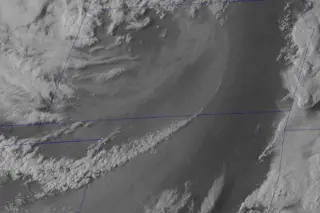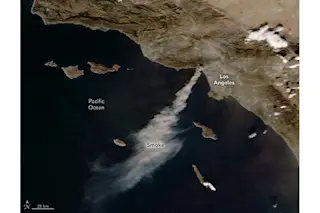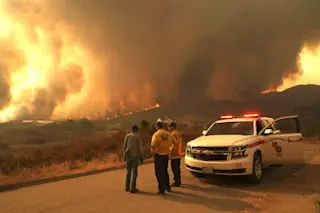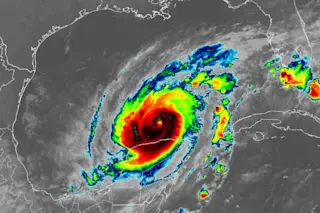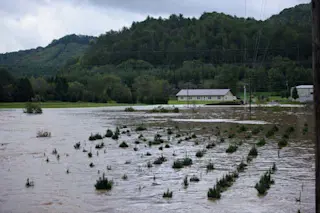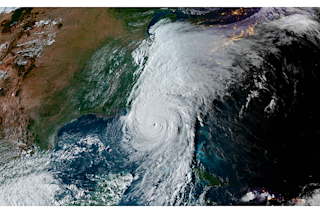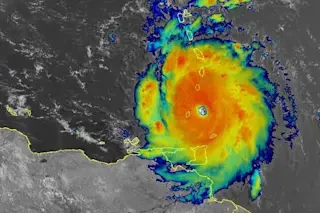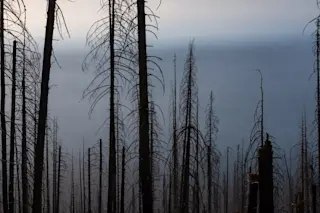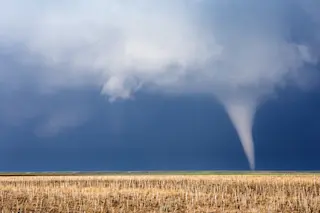As the center of a low pressure system spun over the northwestern corner of Kansas, high winds swept a large dust front across a broad swath of the Central Plains. For a dramatic animation, please click on the image. (Source: Satellite Blog of the Cooperative Institute for Meteorological Satellite Studies.) The same slow-moving low pressure system implicated in the South's severe thunderstorms and deadly tornadoes also kicked up areas of blowing dust across the Central Plains. The "blowing dust front" was so large and distinct that it was visible to sensors on satellites. The image above was acquired by the GOES-13 satellite on Sunday. Kansas dominates the top of half, and you can spot the center of the low pressure system's circulation in the state's northwestern corner. The blowing dust front, as the Satellite Blog of the Cooperative Institute for Meteorological Satellite Studies calls it in their excellent post about ...
Seen From Space: A Massive "Dust Front" Kicked Up by Storm Implicated in the South's Deadly Tornado Outbreak
A significant blowing dust front crosses the Central Plains, triggered by a low pressure system responsible for severe thunderstorms.
More on Discover
Stay Curious
SubscribeTo The Magazine
Save up to 40% off the cover price when you subscribe to Discover magazine.
Subscribe

